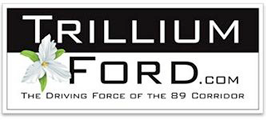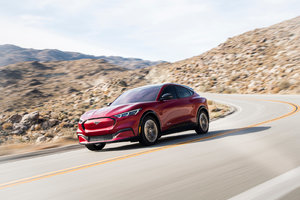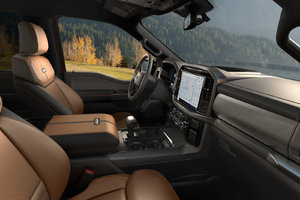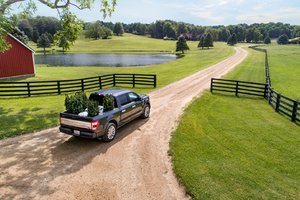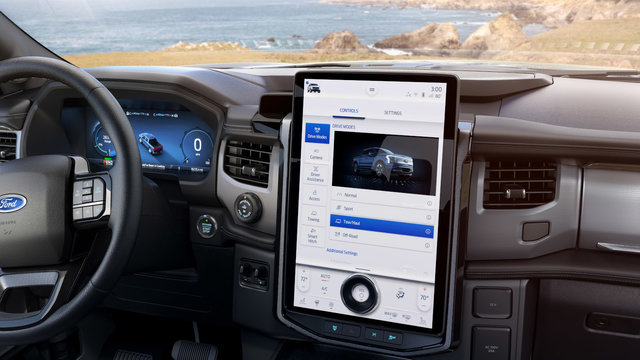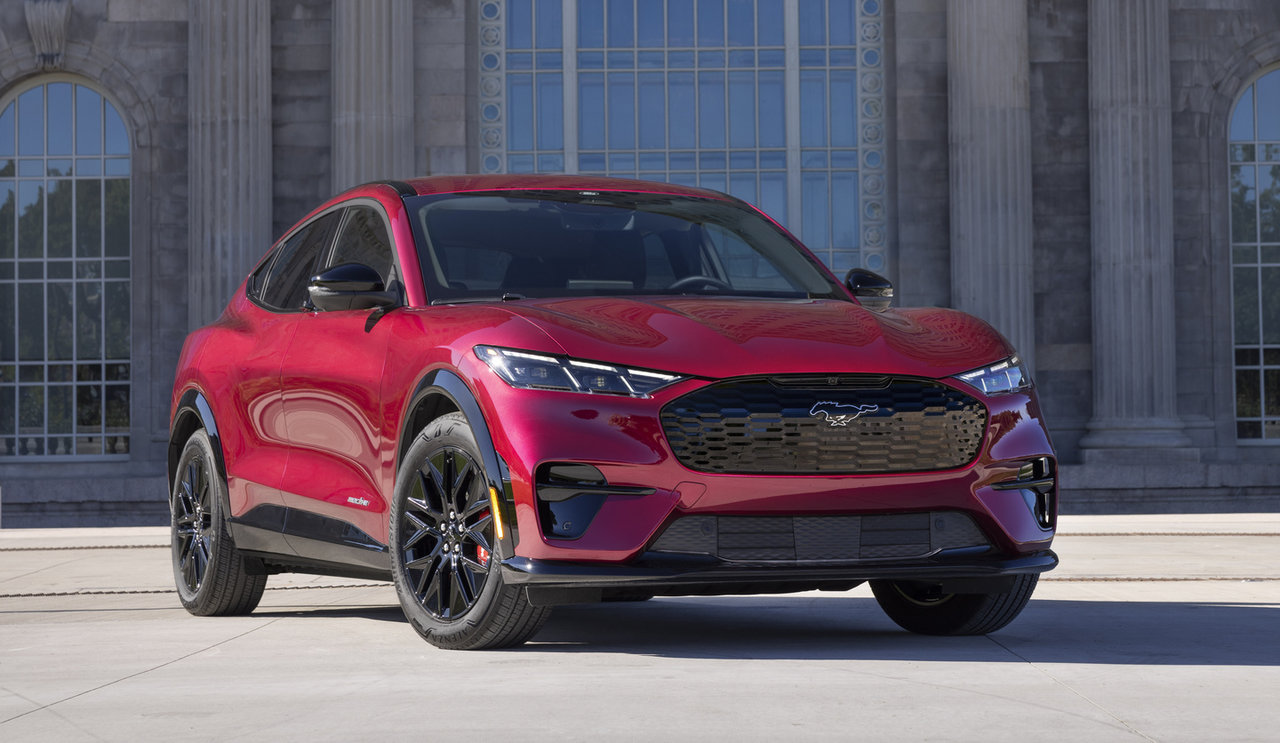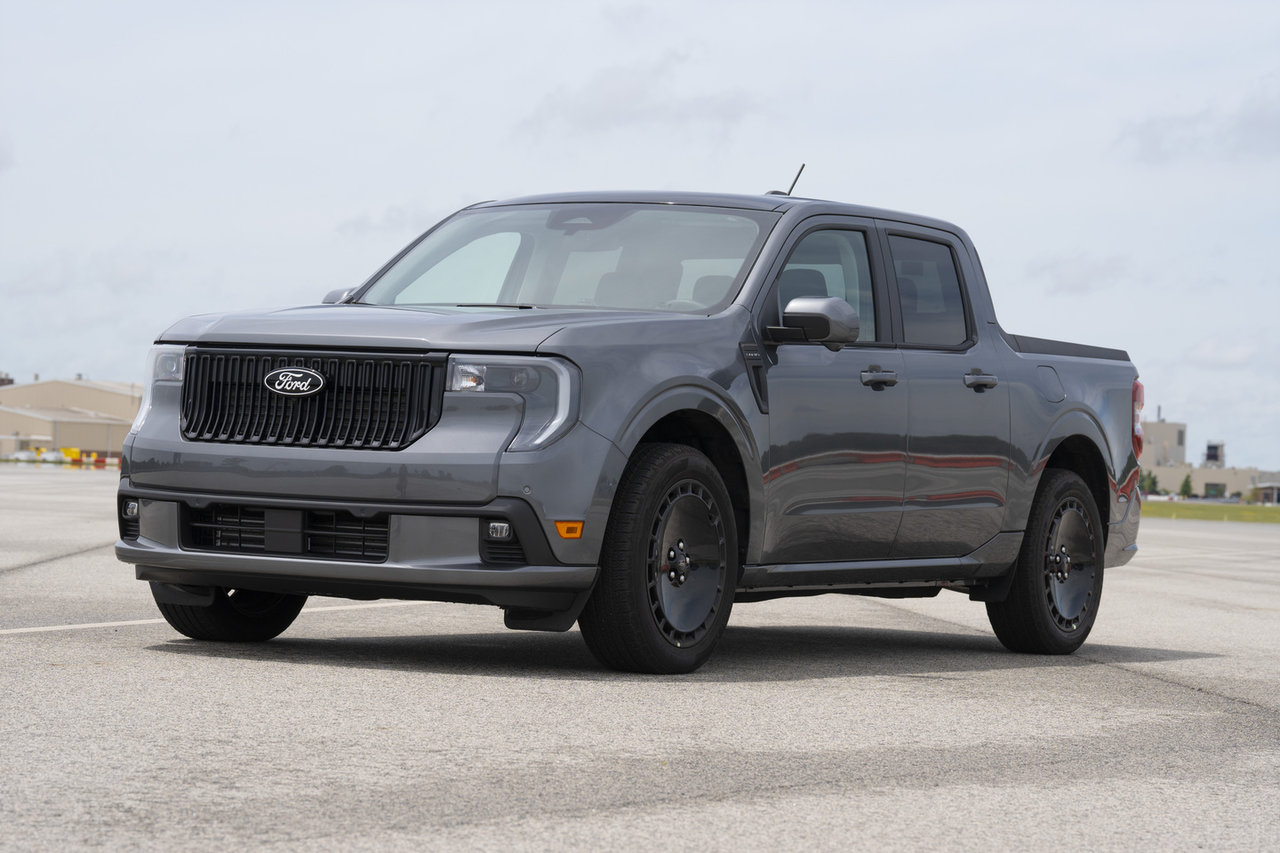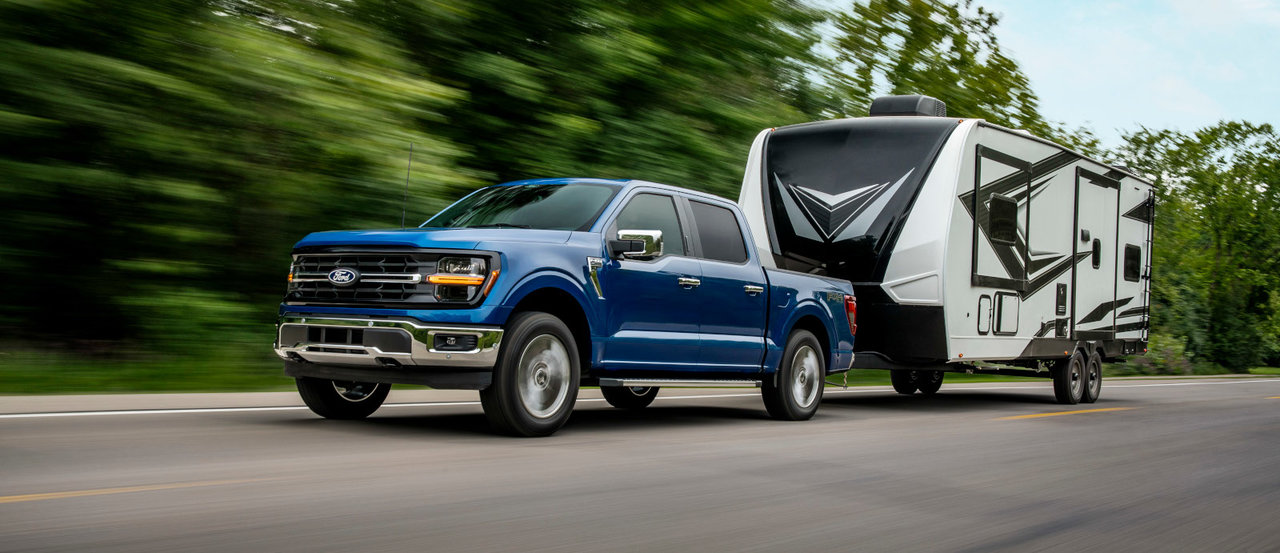In the rapidly advancing world of automotive technology, automakers are striving to enhance the driving experience by introducing a myriad of innovative features. One such notable innovation comes from Ford, known as the BlueCruise system. This article aims to shed light on the intricacies and capabilities of the BlueCruise, offering readers an unbiased understanding of this cutting-edge development.
What is the Ford BlueCruise System?
The BlueCruise system by Ford is essentially a hands-free driving feature designed to assist drivers during highway travel. It leverages a combination of advanced camera, radar, and software technologies to ensure safe and efficient autonomous driving on specific stretches of divided highways. This system represents Ford's stride into the world of semi-autonomous driving, offering drivers an added layer of convenience and safety.
Operational Domain and Scope
The BlueCruise system is not an all-encompassing autonomous driving solution. Instead, it has been calibrated specifically for highway use, making it operational within a defined set of conditions known as the "hands-free blue zone". These zones encompass vast stretches of pre-mapped highways across North America where the system's features can be safely utilized.
How Does It Work?
Ford's BlueCruise employs an array of sensors, including cameras and radar units, to continuously monitor the vehicle's surroundings. Its primary function on the highway is to maintain a set speed and keep the vehicle centered in its lane, all while observing a safe distance from other vehicles. Notably, even though the system offers hands-free convenience, it requires the driver's attention to remain on the road. To ensure this, the BlueCruise uses driver-facing cameras that monitor eye and head positions to confirm that the driver is paying attention. If the system detects inattention, it alerts the driver to take control.
Safety Features and Overlaps
While the BlueCruise operates autonomously in its designated zones, Ford emphasizes that the system acts as an assistive feature rather than a replacement for human input. As such, drivers are always the primary overseers of the vehicle's operation and must be prepared to intervene when necessary. The system also incorporates several redundant safety features to ensure smooth operation. For instance, if adverse weather conditions are detected, such as heavy rain or snow, the BlueCruise may prompt the driver to resume control, ensuring safety remains paramount.
The Ford BlueCruise system is a significant leap towards integrating autonomous driving features into everyday vehicles. By providing hands-free driving assistance on highways, it introduces a new level of comfort and safety to long journeys. However, as with all semi-autonomous systems, it's essential for drivers to remain aware and in control, treating BlueCruise as a co-pilot rather than a substitute. As automotive technology continues its relentless pace, systems like BlueCruise highlight the exciting possibilities on the horizon for future driving experiences.

